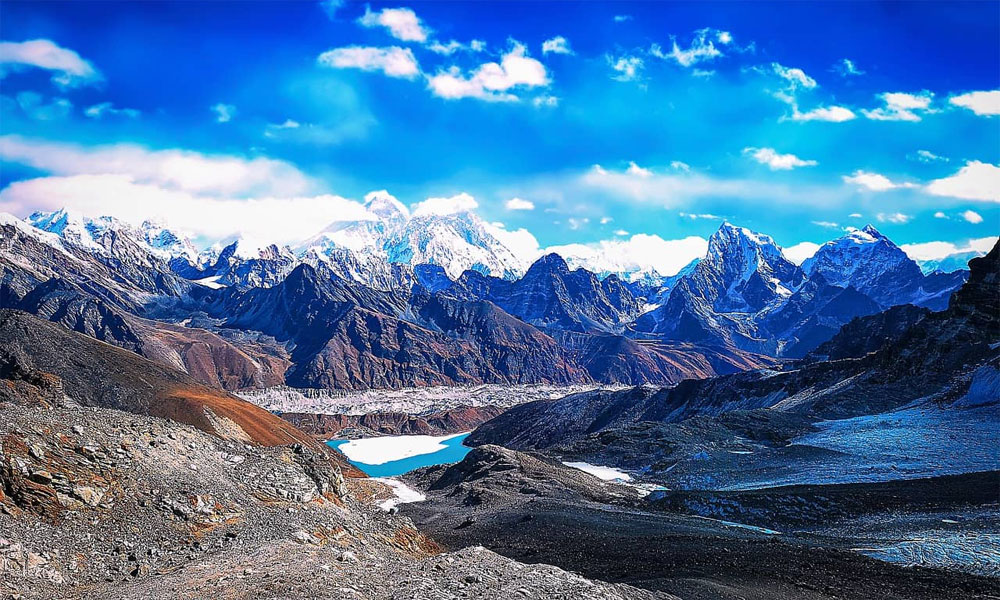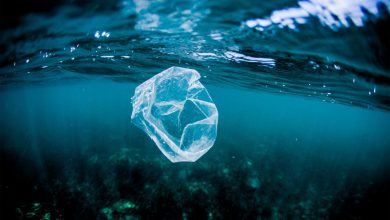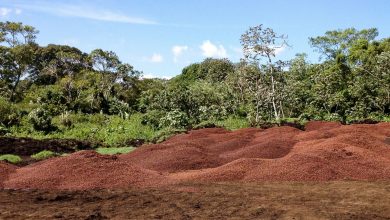Researchers Warn That Himalayan Glaciers Are Melting at Exceptional Rate

Researchers have found that the Himalayan glaciers have begun melting at an unprecedented rate. According to the research, the quickly melting ice might influence the water provide for hundreds of thousands of individuals in Asia.
University of Leeds researchers analyzed ice melting charges all through the final 400-700 years when the glacier expanded in the course of the Little Ice Age. They concluded that the Himalayan glaciers had melted ten occasions extra rapidly over the previous couple of many years than on common.
Even extra troubling, the research discovered that Himalayan glaciers are retreating a lot quicker than different glaciers on the earth. In truth, researchers name the rate of ice melting within the Himalayas “exceptional.”
The paper, revealed within the journal Scientific Reports, reconstructed the dimensions and ice surfaces of 14,798 Himalayan glaciers in the course of the Little Ice Age. The researchers discovered that the glaciers have shrunk by about 40%, from their largest floor space of 28,000 km2 to about 19,600 km2 immediately.
They additionally lost between 390 km3 and 586 km3 of ice throughout this timeframe. This equates to the mixed ice totals within the central European Alps, Scandinavia, and the Caucasus. Sea ranges have risen by between 0.92 mm and 1.38 mm because of melting ice from these peaks.
Dr. Jonathan Carrivick, corresponding creator and Deputy Head of the University of Leeds School of Geography, mentioned:
“Our findings clearly show that ice is now being lost from Himalayan glaciers at a rate that is at least ten times higher than the average rate over the past centuries. This acceleration in the rate of loss has only emerged within the last few decades, and coincides with human-induced climate change.”
Researchers Warn That Himalayan Glaciers Are Melting at an “Exceptional Rate”
The Himalayan mountain vary, which incorporates Mount Everest, accommodates the world’s third-largest glacier ice, following the Arctic and Antarctica. It’s ceaselessly known as ‘the Third Pole’ due to the quantity of snow and ice on this space.
The unprecedented melting rate within the Himalayan glaciers might create vital issues shortly. Asia’s main rivers, the Brahmaputra, Ganges, and Indus, provide meals, water, and power for a whole bunch of hundreds of thousands of individuals.
In truth, over 1.4 billion people depend on the Indus, Ganges, Brahmaputra, Yangtze, and Yellow rivers for water, in line with analysis in Science journal. Upstream of those basins, snow and ice pack within the Himalayas type the river methods’ headwaters and influence the seasonal water availability. Due to local weather change, these basins have already began shrinking, although future impacts are unclear.
Melting water performs an important position within the Indus and Brahmaputra basins, supplying meals to an estimated 60 million people. However, these two basins are probably the most susceptible to declining flows because of local weather change.
Which Areas of the Himalayas are Melting Fastest, and Why
To quantify the quantity of ice loss, the staff used satellite tv for pc imagery and digital elevation fashions. They constructed outlines of the glaciers’ extent in the course of the Little Ice Age and ‘reconstructed’ the ice floor. The satellite tv for pc pictures confirmed ridges that marked the boundaries of the previous glacier. Next, researchers relied on the geometry of those ridges to estimate the previous glacier extent and ice floor elevation.
By evaluating the glacier reconstruction to the glacier in its present state, researchers might measure the ice loss between the Little Ice Age and now. The staff discovered that the Himalayan glaciers have lost extra quantity within the japanese areas of the mountain vary. These embody east Nepal and Bhutan north of the principle divide.
The research suggests this happens because of variations in climate patterns ensuing from various geographical options. Also, how the mountain vary interacts with the ambiance performs a job in melting charges.
Researchers discovered that the Himalayan glaciers have began retreating quicker in areas that finish in lakes relatively than land. Since the quantity and measurement of the lakes have elevated, the staff expects additional acceleration of ice melting.
Also, glaciers with massive quantities of pure particles on their surfaces have began dropping mass extra quickly. They accounted for 46.5% of complete quantity loss regardless that they comprise about 7.5% of the general variety of glaciers.
Dr. Carrivick mentioned:
“While we must act urgently to reduce and mitigate the impact of human-made climate change on the glaciers and meltwater-fed rivers, the modeling of that impact on glaciers must also take account of the role of factors such as lakes and debris.”
Co-author Dr. Simon Cook, Senior Lecturer in Geography and Environmental Science at the University of Dundee, mentioned: “People in the region are already seeing changes that are beyond anything witnessed for centuries. This research is just the latest confirmation that those changes are accelerating and that they will have a significant impact on entire nations and regions.”
The Importance of Glaciers
Glacial ice accounts for about 75% of the world’s freshwater, and hundreds of thousands depend on it for consuming water. Other than that, glaciers present resources for various elements of life, together with:
- Irrigating crops: India, Afghanistan, and Pakistan have relied on melting glaciers to irrigate their crops for hundreds of years. Many communities immediately nonetheless depend on ice soften from glaciers for agriculture.
- Generating hydroelectric energy: Scientists and engineers in Norway, central Europe, Canada, New Zealand, and South America have collaborated to create electrical energy from damming glacial meltwater. However, it’s unclear how dependable will probably be to energy hydroelectric energy dams with glacial runoff because of local weather change.
Final Thoughts on Study Showing the Alarming Melting of Himalayan Glaciers
Due to local weather change, the Himalayan glaciers have began disappearing at nice charges. In truth, over the past a number of many years, they’ve retreated ten occasions extra rapidly than common. Warmer air temperatures and fewer lively monsoon seasons have considerably contributed to the accelerating ice soften.
With all this proof at our fingertips, it’s clear that we’ve triggered the local weather to alter at an alarming rate. Hopefully, we are able to reverse many of those modifications with clear power, decrease consumption, and a greater relationship with Mother Earth.












